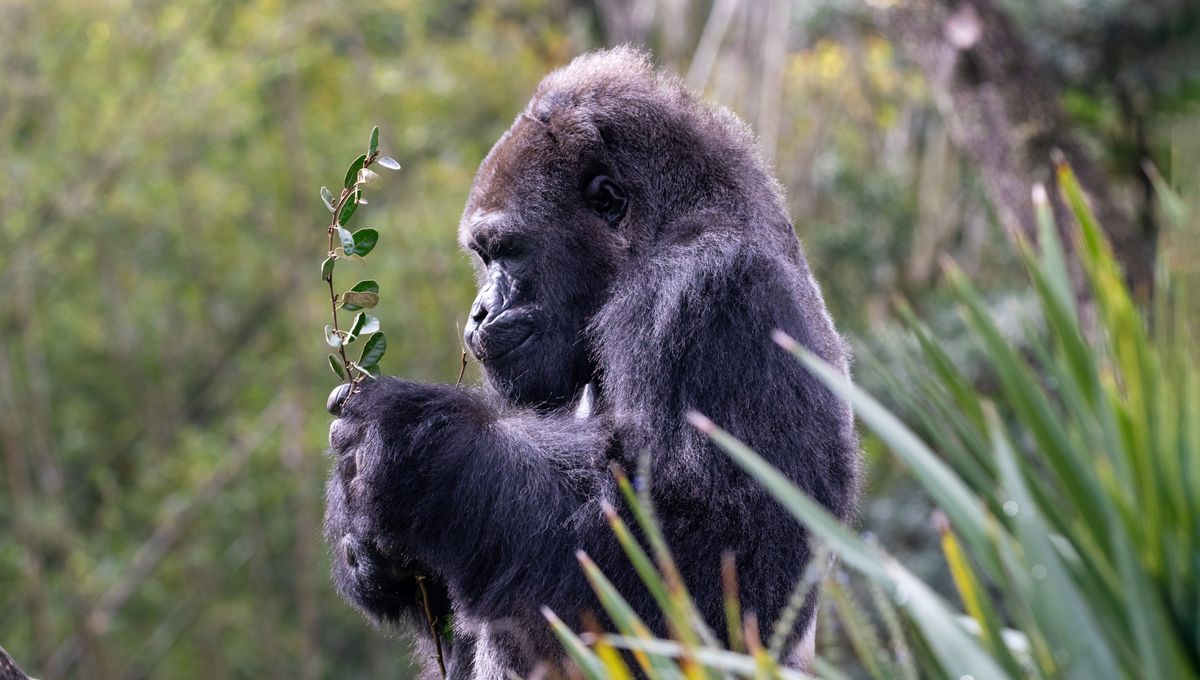
Finding new drugs isn’t an easy task, but new research in which wild gorillas were found to be eating the same plants used in local traditional medicine suggests the animal world may just hold the answers.
The team of scientists made this connection after spending time observing western lowland gorillas (Gorilla gorilla gorilla) living in Gabon’s Moukalaba-Doudou National Park, making note of which plants they were eating.
They then compared this list to the plants used in traditional medicine in the local village – which they determined by interviewing those living there, including traditional healers and herbalists – and identified four plants that appeared on both.
The four species, all of which are native to Gabon, included the fromager tree (Ceiba pentandra), giant yellow mulberry (Myrianthus arboreus), African teak (Milicia excelsa), and fig tree subspecies (Ficus ssp.).
It’s unknown whether the gorillas were indeed eating the plants for medicinal reasons, but that’s not to say it isn’t possible. Great apes are known to self-medicate, such as the orangutan that was observed making a paste out of a medicinal plant to treat a facial wound. This is known as zoopharmacognosy (you can read more about animals’ use of medicine in Issue 24 of our e-magazine CURIOUS).
To determine if the plants could potentially have a therapeutic purpose, the researchers took samples of the bark from each species and looked to see if they had any kind of antioxidant or antibacterial activity.
This analysis revealed that all four plants contained compounds that could have a medicinal effect, like phenols, alkaloids, and flavonoids. On top of this, every single one of the plants showed antibacterial activity against at least one multi-drug resistant strain of E.coli, although the extracts from the bark of the fromager tree in particular showed what the researchers called “remarkable activity” against all of the E.coli strains they tested.
In a world where antimicrobial resistance is estimated to have contributed to 4.95 million deaths in 2019, these plants could come in pretty useful.
“These results show that the [bark crude extract] of these plants could be used as an effective treatment for diseases caused by free radicals and diseases caused by antimicrobial-resistant bacterial strains,” write the study authors.
The team also supports the idea that looking to some of our closest relations as a source of inspiration for new treatments is a worthwhile avenue.
“The use of great ape pharmacopoeia or zoopharmacognosy is a very promising strategy for management of human diseases because of the phylogenetic proximity of humans and great apes,” they write.
“Alternative medicines and therapies offer definite hope for the resolution of many present and future public health problems,” the researchers concluded in a statement.
The study is published in PLOS ONE.
Source Link: Self-Medicating Gorillas Use Same Antibacterial Plant As Traditional Healers